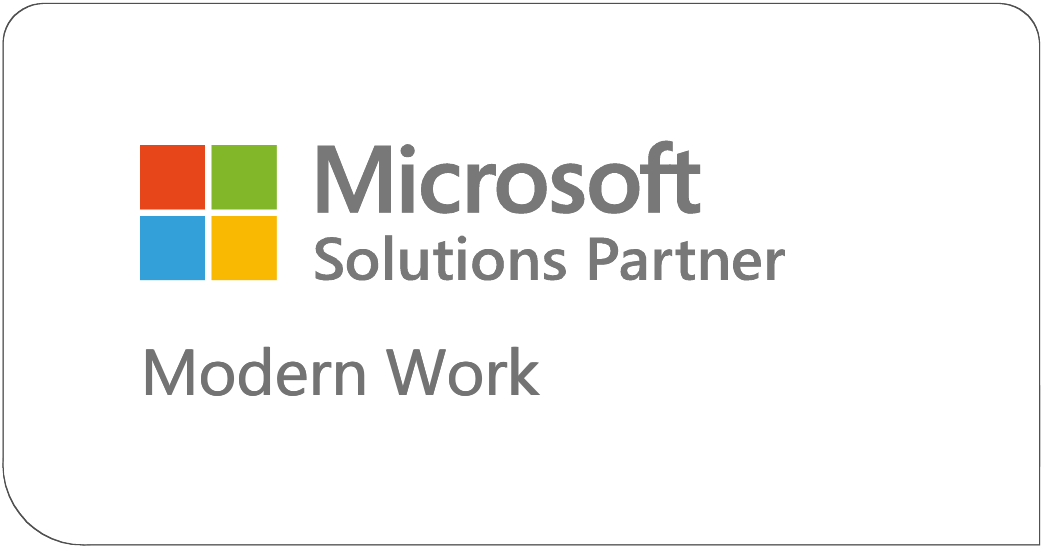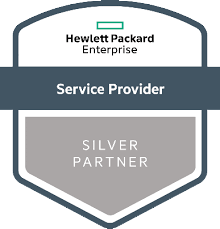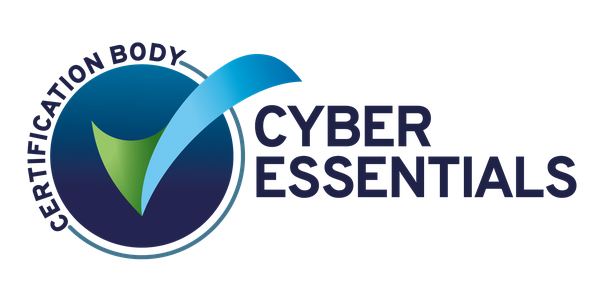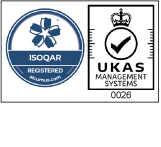Introduction
This is the latest in a series of Tailor Made Tech Thoughts, providing insight on tech matters that relate to SME’s. In these bulletins I look at recent developments in the tech industry as well as global trends, then attempt to evaluate opportunities for small and medium businesses to embrace those new developments. In this post, I want to think about the way that the physical world is being blurred with the virtual world, how we arrived at the current situation, what impact this could have on businesses today and how the current situation is likely to develop in the future.
Richard Hotchkin, CTO. Tailor Made Technologies
The Metaverse
There’s been lots of talk in the press recently regarding the Metaverse. The Metaverse isn’t a new phenomenon. Some of the early implementations were based around gaming, with Second Life being launched in 2003, and then Roblox coming out in 2006. Whilst these have seen quite high adoption rates, the Metaverse hasn’t really had the focus from the business community until relatively recently. The global pandemic has forced organisations to think more about collaboration and how they might improve the productivity of their staff as they are increasingly working in a hybrid environment.
The Metaverse concept involves merging the physical world with the virtual world. Technology has progressed significantly since the early 2000s with Virtual Reality headsets getting some increasing traction and Augmented Reality also starting to see adoption initially in games. The combination of these technologies with enhanced hardware capabilities and a fresh business perspective on the applications as a result of Covid, is what has led to this resurgence.
Facebook has recognised this and rebranded recently to Meta Platforms Inc. in order to emphasise its new direction. It really wants to be known as a Metaverse platform rather than a Social Media platform. Currently though, Meta’s Metaverse is focused around the use of its Oculus VR technology in gaming environments on its Horizon World platform.
There are a number of ways that organisations are bringing the physical and the virtual worlds together for business consumption. Firstly, there’s the obvious application of distributed meetings. For years it has been possible to hold meetings with remote employees. At first this was seen as a bit of a niche requirement, with organisations like Webex being bought by Cisco in 2007. In 2011, Microsoft didn’t really have an effective solution, and acquired Skype to give them a foothold in the videoconferencing arena. This was the same year that Zoom was founded. Google Hangouts followed as a stand-alone product in 2013. All these organisations have invested heavily in the development of their platforms in recent years and the pandemic has only accelerated this.
Microsoft’s strategy has been to build on the success of Skype to form its own platform and in 2017 it launched MS Teams. Over the last few years, Microsoft has ramped up its development effort in Microsoft Teams, and this development continues with new features being constantly released. They have focussed on integrating Teams with all of the Microsoft Productivity suite and latterly conceptually combined all their SaaS products to form the MS Cloud to deliver a much richer experience for users, that other platforms struggle to compete with. At the beginning of 2022, Microsoft will be launching additional Metaverse capability into Teams through its Mesh technology. This will introduce avatars to MS Teams and will use AI to interpret speech to animate appropriate actions from the avatars to deliver a realistic collaborative experience. They are also building in the capability to host meetings in virtual meeting rooms between people with their avatars and then collaborate live on projects using MS Loop. By bringing all these technologies together they are probably in a better position than any of their competition to deliver a Metaverse experience. Microsoft is building an experience for its customers that will be the trend-setter in the business community and by using their new Metaverse ecosystem with its Hololens or even Facebook’s Oculus VR headsets, they are bringing this virtual world to life.
Another way that Microsoft is looking to build its Metaverse for business is by tailoring functionality in its Dynamics 365 platform to enhance data collection and analytics capabilities based on real-world scenarios to use technology to deliver a real-world solution without intervention. A great example of this is Dynamics 365 Connected Spaces. Connected Spaces makes use of existing input devices such as feeds from existing video cameras, to allow analysis of spaces within the field of view of the camera. Initially this was designed to assist in the Retail space, where it allows organisations to map out areas of interest on the camera image and then analyse footfall in that zone. By combining various inputs in this way, decisions can be made on the most frequented areas of stores and the most appropriate places to position promotions. This core functionality extensible and is able to assist with analysis of products flowing through a production line in a Manufacturing environment for example.
By combining the power of their product suite, Microsoft is then able to target different market verticals by tailoring out-of-the box elements such as Dynamics 365 Connected Spaces to delivery real value to those sectors. Microsoft have already developed Microsoft Cloud for Retail, Microsoft Cloud for Financial Services, Microsoft Cloud for Manufacturing, Microsoft Cloud for Healthcare and several others. These offerings make use of the power of the Microsoft Power Platform to perform insightful data analytics on the data acquired from the array of data capture devices.
The Microsoft Cloud is rapidly becoming the tool of choice for many organisations and is Microsoft’s attempt to take on organisations such as Salesforce, SAP and Oracle in the ERP world. It’s unlikely that these other organisations are going to take this completely lying down. It seems natural that they would invest in developing their platforms to try to dent the dominance of Microsoft in the Metaverse, but with their current rate of development, Microsoft will probably take some catching! So what about Meta? It seems at though they are likely to target the social userbase rather than the business userbase, but once they’ve built a sustainable technology that works, I think we can expect them to look at new ways to monetise their investment.
At Tailor Made, we are able to offer advice and consultancy on the entire range of Microsoft Cloud offerings and evaluate how those could best be applied to bring the Metaverse even to small organisations in a secure way.








